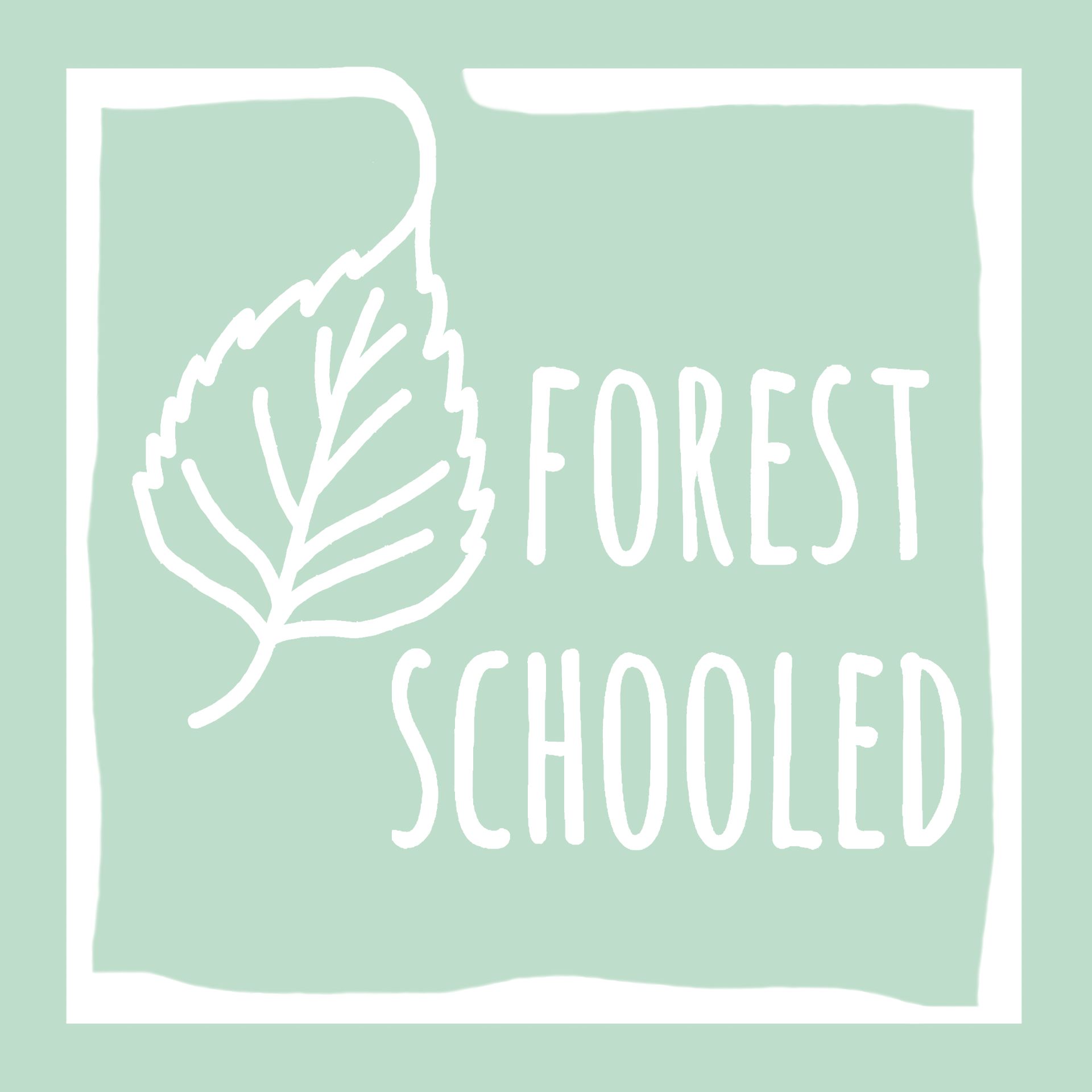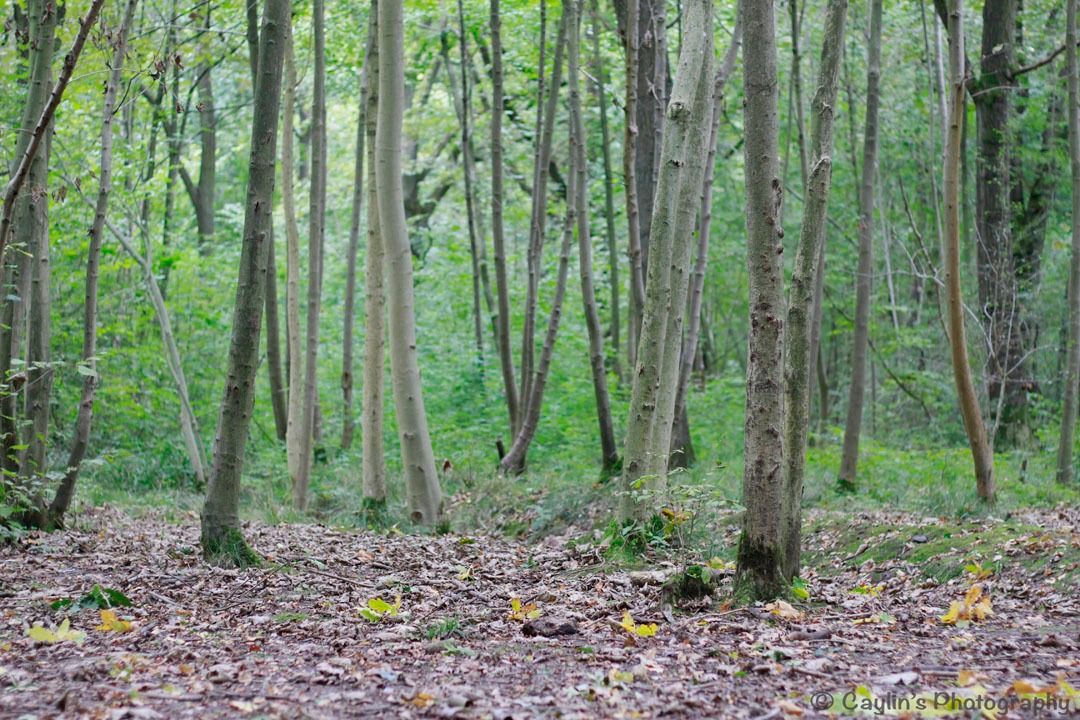
Blog
Stories from my personal journey learning about and delivering Nature-rooted programs across three different countries
Forest School is a different kind of education...
Caylin (Forest Schooled)

Empty space, drag to resize
We're exposed to a lot of information over the course of our lives. We remember some of it and forget a lot of it. So what makes the things we do remember stick?
I remember when I tried to learn more about identifying trees. I went on a tree identification course with an instructor who had a wealth of knowledge about trees. He told us a lot of interesting facts and tips for recognising various common trees. I went away feeling a bit overwhelmed and concerned about how I could possibly remember ALL OF THAT. That was 3 years ago now and in that time I've built up a much better knowledge of trees. But I don't credit the course I went on for my current understanding. That's because the trees I remember the most are the ones that I've actually interacted with in some way over the past 3 years, particularly at Forest School.
I can easily recognise the trees that I've used the branches, bark, or wood for in crafts and as firewood... the trees that have leaves or flowers that are good for foraging... or the trees that have just been there, ever-present, on a site I use regularly. I get to see them change through the seasons and have learned what makes them unique. For example, in one particular wood, it's the hornbeam whose leaves tend to come out first in the spring and the ash whose flexible saplings bend to make perfect bows for shooting arrows.
Just spending time in the woods has given me my familiarity with trees.
Just spending time in the woods has given me my familiarity with trees.
But this familiarity did not come quickly. It's knowledge that was built (and is still building) little by little over years. It is not something that could be learned from a two hour course on tree identification. It came through experiences in which the information about the trees was useful to me. I think it's that usefulness that made it stick.
This is something that Forest School provides for children too. For example, a group of kids had been doing firelighting for a few weeks and had mastered lighting pieces of cotton wool. They claimed it was “too easy” and were eager to try to keep their fires going longer by adding more materials. I mentioned, “Have you tried birch bark?” They said, “No,” and asked me to show them.
I asked, “Do you know which tree is the silver birch tree?” They didn't, so I said, “There is a clue in the name because it has bark that's whitish-gray, sort of silvery in colour. Can you see any trees around here that are like that?”
Recognising the silver birch seemed super obvious to me in amongst a wood with mostly oak, hazel, and hornbeam. I thought the silver birch stuck out like sore thumb. But they couldn't tell the difference! There is definitely a skill to distinguishing trees by their bark and sometimes we need help to notice how the colours, patterns, and textures differ.
So I walked over to a silver birch tree and touched the trunk. I asked, “What do you notice about this one?” It was like a lightbulb went on and they said, “Oh, it's like silver!” I then pointed out the oak tree next to it and the difference became much more apparent.
We collected some birch bark and they went back to lighting their fires. This time they used the bark and a bigger flame erupted, burning much longer than the cotton wool had. It was like the children had seen a magic trick as they all shouted “WWOOOOOHHOOOAAAAA!!!!” It made me chuckle to see just how excited they were. I said, “It's amazing isn't it? It's nature's fire starter!”
They continued to light fires using more bits of birch bark until they used up what we had collected. One boy exclaimed, “We need more nature!!!” and went off to collect more birch bark. Later on he said, “This nature's fire starter stuff is so cool.” I laughed and asked, “Can you remember the name of the tree?” He said, “Uhhh..... silver birch!!”

Peter Gray (2013) states,
“What we call knowledge might better be called models, or explanatory concepts, which help people to make sense of the world around them. From this perspective, knowledge is to be judged not so much but its truth or falseness as by its usefulness. A good idea is one that helps a person make sense of some aspect of his or her social or physical world and thereby helps that person to navigated that world” (pg. 86).
“What we call knowledge might better be called models, or explanatory concepts, which help people to make sense of the world around them. From this perspective, knowledge is to be judged not so much but its truth or falseness as by its usefulness. A good idea is one that helps a person make sense of some aspect of his or her social or physical world and thereby helps that person to navigated that world” (pg. 86).
At Forest School children acquire information in doses, over time and in relation to what each child wants to create or do. Using the example of trees, the children's knowledge expands as they learn how different trees can be useful – from realising that silver birch bark makes a good fire starter... to discovering how ash saplings make excellent bows and arrows... to establishing that hornbeams are great trees for climbing because they are so sturdy and strong...
And along they way they build up an awareness, where they begin to notice the different properties and qualities of the woodland and its ecology. By revisiting the same location they gain a sense of place and a greater understanding of what is present in the space they are spending time in.
They become familiar with the environment and are more inclined to notice change. They notice when the birch bark burns better after a dry spell than after a period of rain. They notice that ash saplings bend better when freshly cut rather than left out for weeks. They notice when their climbing tree gets its leaves or when a bird builds a nest in its branches.
They notice because it matters to them. The information is useful. And that's why it sticks...
References:
Gray, P (2013) Free to Learn, Basic Books, New York.
More Posts
WANT TO GET FOREST SCHOOLED TOO?
Subscribe to my email letters, something special from me to you so we can learn together. Each one is filled with heart-felt stories from the forest, resources you may find useful, and things that hopefully bring a smile too.
Thank you!
© by FOREST SCHOOLED
